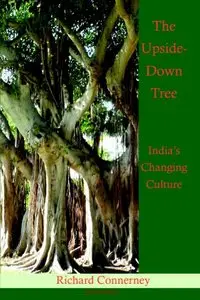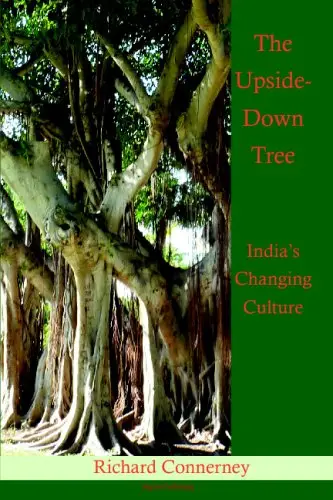The Upside-Down Tree: India's Changing Culture By Richard Connerney
Publisher: Al.go.ra Pub.lish.ing 2009 | 220 Pages | ISBN: 0875866484 , 0875866492 | PDF | 3 MB
Publisher: Al.go.ra Pub.lish.ing 2009 | 220 Pages | ISBN: 0875866484 , 0875866492 | PDF | 3 MB
When he called India a 'functioning anarchy,' economist Kenneth Galbraith may have been thinking about Uttar Pradesh (UP) in northern India. Known as a home of deep poverty, incurable corruption and sticky social problems, UP is not the India that now appears regularly in The New York Times and Newsweek. Beyond the call centers of Bangalore and Delhi and Westernized cities like Mumbai, a huge slice of humanity remains invisible and impenetrable to most Americans. This is the other India; the one that modernity has largely left behind. Richard Connerney lived in Lucknow, the capital of Uttar Pradesh, India, from 2005 to 2007 and resided in Uttar Pradesh periodically throughout the last 18 years. He shares with readers a panoramic look at India as it confronts 21st century modernity. Focusing on the fault line between traditional Indian culture and recent societal trends, the author explores the realities of family life, public health, agriculture, business, the environment, politics, the economy, language and the arts, and introduces the real people of India. His expectations about India and Indian culture often differed sharply from what he discovered once he was there. The result is a book that, almost literally, stands readers expectations about India on their heads. He says, 'I have neither the expertise nor the access to operate as a political correspondent, nor the desire to posture as a political pundit. During the course of my research, however, I saw what I perceived as a pervasive misrepresentation of recent developments in Indian politics. More specifically, a number of recent books consistently paint the Hindu right wing in India as essentially fascist or theocratic. My observations show that these claims are untenable and misrepresent a positive development in the history of Indian democracy. To think clearly about the changes in today's India we require a new model: the bi-directional banyan tree, a symbol borrowed, ironically, from ancient Sanskrit verses. I conceived of a new way of imagining cultural change in South Asia: The Ashvatta, an inverted tree that appears in Hindu mythology, became for me a symbol of the bewildering and counterintuitive results of my research and the bi-directional nature of societal change in today's India. Pindar claimed, 'Custom is King of all,' and this serves as a succinct expression of the central thesis of this book. India's future will be determined not only by economic development, but also by a dynamic traditional culture that continues to develop along its own lines sometimes in concert, and sometimes in conflict with material enrichment. India develops not, as one writer has suggested, 'in spite of the gods.' Rather, Connerney shows that the seed for the creation and the fuel for the sustenance of India s economic boom lay in its traditions, and, he argues, the animating spirit of its future lies there as well.
Be Happy!!!
!!!No Mirrors below, please! Follow Rules!



